Acrylic Roof Coatings Pros and Cons
Guide to acrylic roof coatings pros and cons including what it is, cost and criteria for choosing the best acrylic roof coatings.
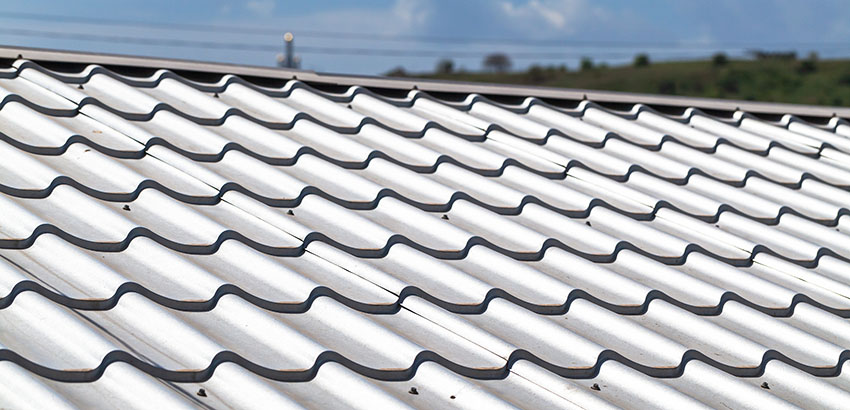
Acrylic roof coatings are applied to enhance the lifespan of the roof. They have been around for many decades and were purposely engineered in the mid 1950’s for roof applications.
The environmentally-friendly water-based technology is an excellent choice for slope metal roof restorations, if there’s a downside to acrylic coats is that they should not be used in low sloped roofs where ponding water may be present.
Other than low sloped roofs, acrylic roof coats are a cost-effective choice and when applied with the manufacturer’s instructions can go beyond its standard warranty of 10 years.
Acrylic roof coats win with both its short- and long-term advantages over most other coatings.
What is an Acrylic Liquid Roof Coating?
An acrylic roof coat is a liquid formulation with elastomeric properties that is applied from one or more coats and is mainly made from durable acrylic polymers which are usually white.
Acrylic roof coating is completely different from the formulation of your acrylic roof paint where the former is significantly thicker which makes it possible to use on a wide range of applications. The monolithic roof coat comes in both solvent and water-based formulas.
Acrylic roof coatings can be made entirely of acrylic or of styrene-acrylic copolymers. Concentrating on 100% acrylic roof coatings, these coatings provide excellent durability as well as the following standard properties: UV resistance, good permeance, dirt resistance, water resistance, and abrasion resistance.
Acrylic coatings are water-based, easy to apply, and easy to clean, with cure times ranging from several hours to a few minutes.
Acrylic coatings are frequently installed as a stand-alone coating, but a growing sub-segment of acrylic coatings is as part of a liquid-applied membrane.
Those who are familiar with acrylic decorative paints are familiar with a diverse color palette; however, roof coatings can vary in color.
Acrylic Protective Roof Application Advantages
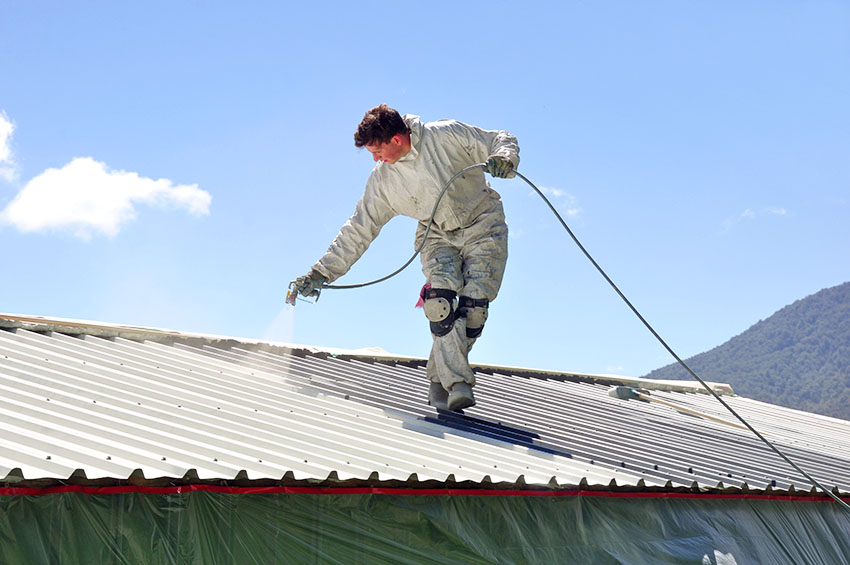
Acrylic coatings are popular and cost-effective roof restoration solutions because of their powerful combination of cost and performance.
Cost-effective. What sets acrylic roof coats apart from any other liquid solutions is it is less expensive yet as durable as the next hard wearing metal coating. Its long-lasting performance and reduced energy consumption are other reasons that make it a popular choice.
Resilient to Fading. Acrylic products are able to hold their reflective properties for years. This saves more on AC costs and reduces energy usage.
Easy Application. While newer paints only require one coat it can be difficult to maintain an even application due to its thick consistency. Acrylic roof coating is easy to apply and can be done in a timely manner without compromising quality. This means less labor costs and does not need special equipment to improve its efficiency.
UV Protection. In connection to cost-effectiveness, acrylic roof coatings are highly reflective and can deflect UV rays that are not only damaging to the materials but also lessen heat retention on the roof surface. Aside from reduced energy costs, occupants stay at a comfortable temperature indoors.
Supports Roofing Substrates. Acrylic roof coatings are engineered to be able to support a variety of roofing substrates such as sprayed polyurethane foam (SPF), EPDM, PVC , and asphalt-based products.
Prevents Cracking. It may not be noticeable but roofs can expand or contract due to changing weather conditions. Seismic, weight of snow, and rain loads are other factors that can damage roof surfaces. Acrylic roofs have an elastomeric coating which makes the surface flexible and able to prevent cracks even during unusually low temperatures.
Good Adherence to Metal Roofs. The adhesive elements in acrylic coating when correctly applied finish off with a smooth and even surface that does not easily flake or crack. The elastomeric properties of acrylic roof coatings also prevent water seepage at a relatively.
Dirt Resistance. When a building’s roofing system becomes dirty, it loses its appeal and reduces the value received by the owner. Acrylic roof coatings are extremely dirt resistant and retain their visual appeal for many years.
Wide Application. Because of this variety, acrylic roof coatings are an excellent choice for contractors seeking anything from a low-cost, short-term roofing solution to a multi-decade lifetime roofing solution.
Acrylic-Based Roof Sealant Drawbacks
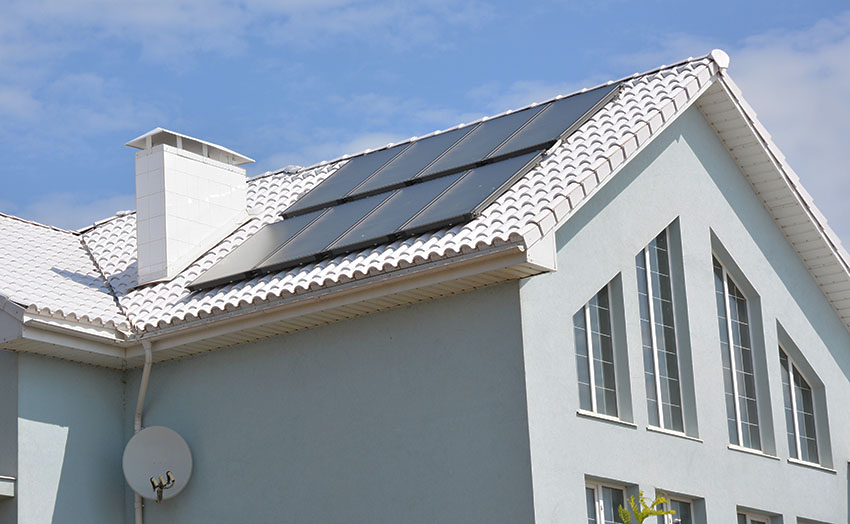
Acrylic elastomeric roof coatings were first developed in the 1970s for the restoration of sloped metal roofs. Acrylics were discovered over time by coating manufacturers and contractors to be effective on other commercial roofing substrates, with one caveat: the roof must drain well.
Our contractors can improve overall system performance, increase longevity, and avoid potential problems by better understanding the drawbacks of acrylic roof coatings.
Water Ponding on Low Slope Roofs. It is recommended that water-based acrylics should not be used on roofs that have less than 1/24 slope as it can cause water ponding. Most acrylic roof coatings struggle with constant exposure to pond water, resulting in poor adhesion, blistering, and delamination.
However, the formulation space for acrylic roof coatings is broad, so coatings can be formulated into anything from a low-cost coating to an exceptionally high-performance, long-lasting coating.
Cannot be Applied During Extreme Cold. Because water freezes in cold temperatures, be mindful of the overnight temperature when applying. The expected high temperature for the day is 66°F.
However, if the application is delayed until later in the afternoon and the temperature drops to the mid-20s, problems may arise because of the freezing temperatures.
Limited installation. Because acrylic roof coatings are water-based, they can only be installed in good weather. Excessive humidity or extreme temperatures can jeopardize the installation of an acrylic roof coating.
Limited colors. Darker colors for elastomeric coatings can be formulated, but they often do not hold pigment as well, necessitating the use of other technologies when deep colors are required.
Acrylic Coating Cost
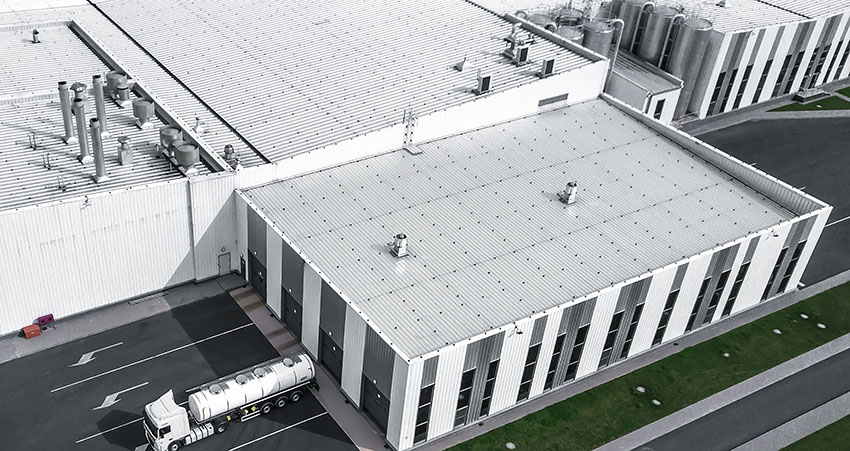
Acrylic roof coating costs around $5 to $6 per square foot compared to silicon based (direct competitor of acrylic roof) which costs an average of $9.
Another coating option is the SPF or Spray Polyurethane Foam which is more expensive than acrylic and silicone depending on the cell type and density.
Roof sealing costs an average of $1,194 and typically ranges between $449 and $1,967. You could, however, pay as little as $100 or as much as $3,200 or more. That equates to a total range of $0.65 to $5 per square foot.
The price is affected by the type of roof, the type of sealant used, the condition of your current roof, and your location. Coating a flat or low-sloped roof is a common method of extending the life of your roof while lowering cooling costs.
Roof coatings should be applied to low-slope and flat roofs in both residential and commercial settings. They can be used as a standalone roofing material or as a topcoat for pre-installed materials.
It adds a layer of waterproofing, improves fire resistance, and reduces cooling costs by reflecting heat. It also adds a layer of resistance to chemical corrosion and physical abrasion. Work with a professional roofing contractor to extend the life of your roof and ensure the highest quality seal.
Best Acrylic Waterproofer
First off, know the criteria for standard acrylic roof waterproof coatings. ASTM International published the D6083-97 specification titled “Standard Specification for Liquid Applied Acrylic Coating Used in Roofing.”
- A coating product that consistently meets the performance standards outlined on ASTM D6083 product data sheets.
- A coating product with long-term exterior durability that is based on a well-defined formulation recipe.
- A coating product that has good storage stability and is simple to apply using industry standard equipment, with no problems or hassles that could affect the uniformity, overall quality, and resulting waterproofing performance.

Dow roofing solutions that have won awards for their durability and efficiency can help you improve the durability and efficiency of your building envelope.
Dow waterproofing and coating solutions are appropriate for a wide range of roof types, including inverted, conventional, tile, and clay roofs. Providing long-lasting performance for advanced liquid-applied roof coatings.
Features of Elastomeric Roof WaterProofer
- Thermal performance and energy efficiency over time (Cool Reflective Roof Coatings can reduce cooling costs by up to 20 percent).
- Water drainage, pooling performance, and waterproofing have all been improved.
- Flexibility and crack resistance have been improved.
- Heat penetration is reduced.
- High tensile strength for weather and UV protection Longevity of construction.
Are there any acrylic roof coatings pros and cons that we missed? Let us know what you think below in the comments. See more related content at our article about silicone roof coating on this page.


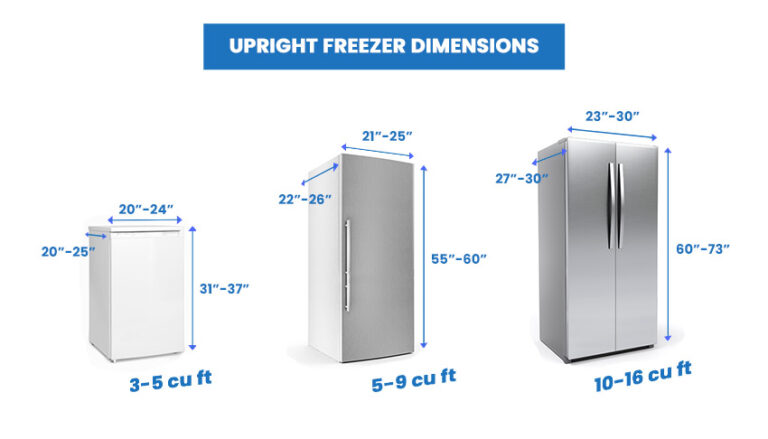
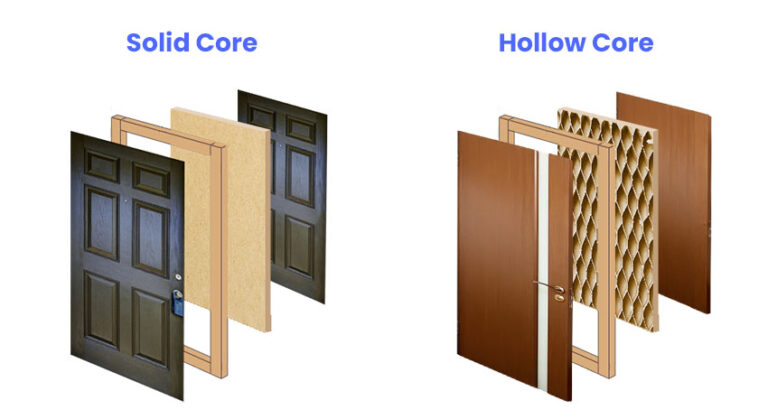
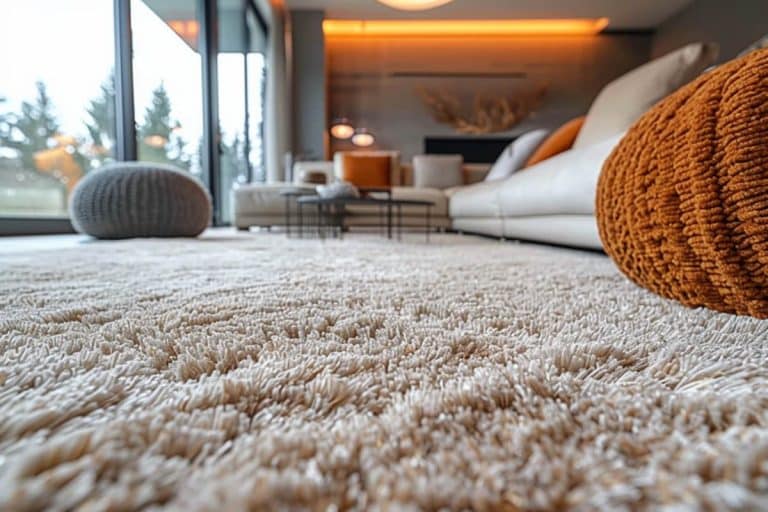

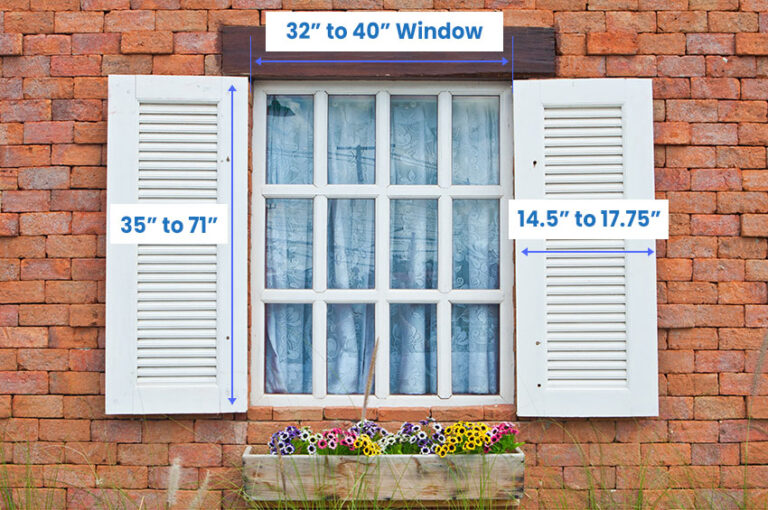
Thank you for explaining about roof coatings. My friend mentioned that she was thinking about getting her roof coated, but I’d never heard of it before. It seems like it could help to keep her roof in good condition for a while.